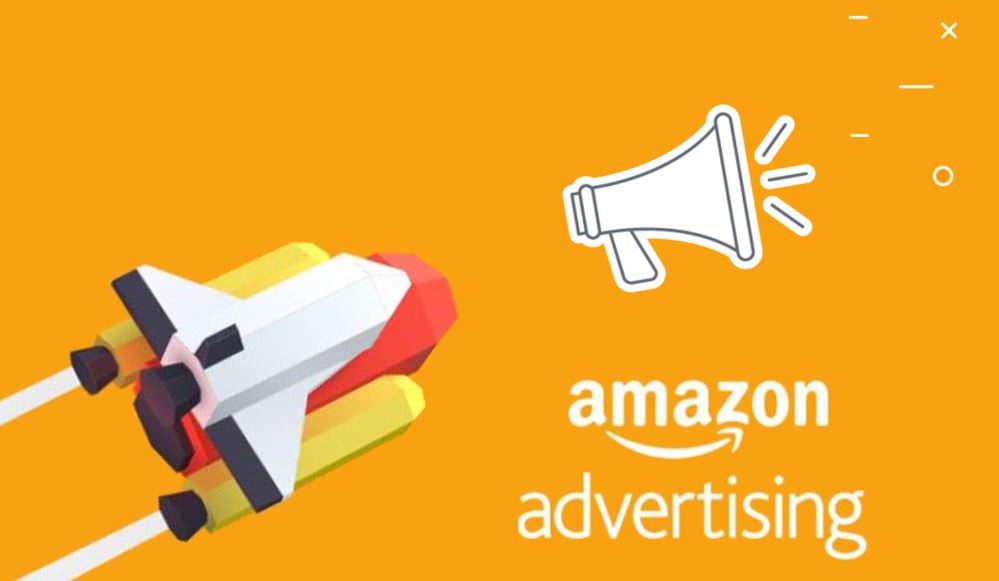Sales
This is the most self-explanatory metric of all. Except it isn’t. Not quite.
The sales figure on the Amazon ad dashboard gives the full price of the book or books sold. But you as the author only get 70% of this depending on your royalty tier. Books priced below $2.99 or above $9.99 only pay 35% royalties, but the sale amount in the Amazon dashboard is always the full sale price.
When looking at this metric, be sure to convert the “sales” into actual dollars earned according to your royalty rate.
Also, paperback sales show in here as well. This massively skews your figures. Paperbacks sell for roughly three times the price, but you only earn a similar amount in royalties as you do from an ebook. Be wary of this, grasshopper. It can make a shocker of an ad seem like Cinderella dressed for the ball.
Sadly, I’m willing to bet that many of you reading this think your ACOS is alright, but you’ve never realized how inaccurate it is because of paperback sales. The little suckers creep in there and wreak havoc without you knowing about it.
If you target by ASIN only, you’ve virtually eliminated this problem. If you still target by author name or book title, I suggest keeping ads for indies separate from ads for traditionally published authors. Ads on indies will still generate paperback sales, but not as many. Keeping things separate like this helps you identify which sales amounts are impacted. It’s still a nightmare though. But I expect that one day Amazon will make things easier as they continue to improve the reporting platform.
One more thing. While I don’t buy into the concept that Amazon reporting is inaccurate, at all, it is delayed. All those hundreds of millions of clicks take time to sort out. The attribution window for sales is 14 days. But most sales will show within a few days. Always allow for this.
I lied. Two more things. Page reads don’t show anywhere. Strictly speaking, they’re not sales, so this isn’t the metric to discuss them, but it’s as good a place as any.
I believe Amazon will eventually give us metrics for borrows and page reads derived from advertising. But they don’t at the moment.
We do know what our total page reads are though, to the page. But this is an overall figure and we can’t pinpoint exactly how much advertising contributed to them. But we can estimate fairly accurately. More on that soon.
ACOS
This metric is much maligned. But somewhat unfairly. It’s the best metric of all, if you’re not in KU and therefore don’t have page reads. It’s the most useful. It’s also the quickest to show you at a glance how well an ad or keyword is going.
All the other metrics are snapshots. They don’t tell you an awful lot by themselves. They need to be interpreted with other metrics to make sense.
But not ACOS. It shows you if your ad is running at a loss. Or breaking even. Or making a profit. Bam. In your face. Just like that. It’s the best metric of all.
Except most of you will have to adjust the figure it shows you by factoring in three points.
Paperback sales. Royalty rates and page read income.
This is where things start to fall apart.
The remedies for paperback sales have already been given. Target by ASIN, or isolate ads that generate paperback sales out for separate consideration.
Royalties are even easier. If your royalty tier is 70% your ACOS needs to be 70% to reach break even. If you want a profit from your ads, you might set a benchmark of a 65% ACOS, or whatever you like. Likewise, if you’re following an invest-in-loss strategy, you might set a ceiling of 90%.
But those figures don’t take into account page reads. And you need to take them into account. For most authors, full page reads for a book currently run at a two to one ratio for sales. And that ratio is growing.
If you’re enrolled in KU, you should work out your buy to sales ratio. It’s not very hard. It’s pretty accurate. Sales go up and down. Borrows go up and down. But they’re all fairly steady. Not on a day by day basis, but week to week they sure are. Or month to month. That ratio doesn’t alter a great deal.
Once you know your sales to full page read ratio, as well as your sell through and read-through rates, you can calculate your own ACOS.
This, you have to do. On no account can you use Amazon’s. A pity, but it is what it is. More on how to do that later.




